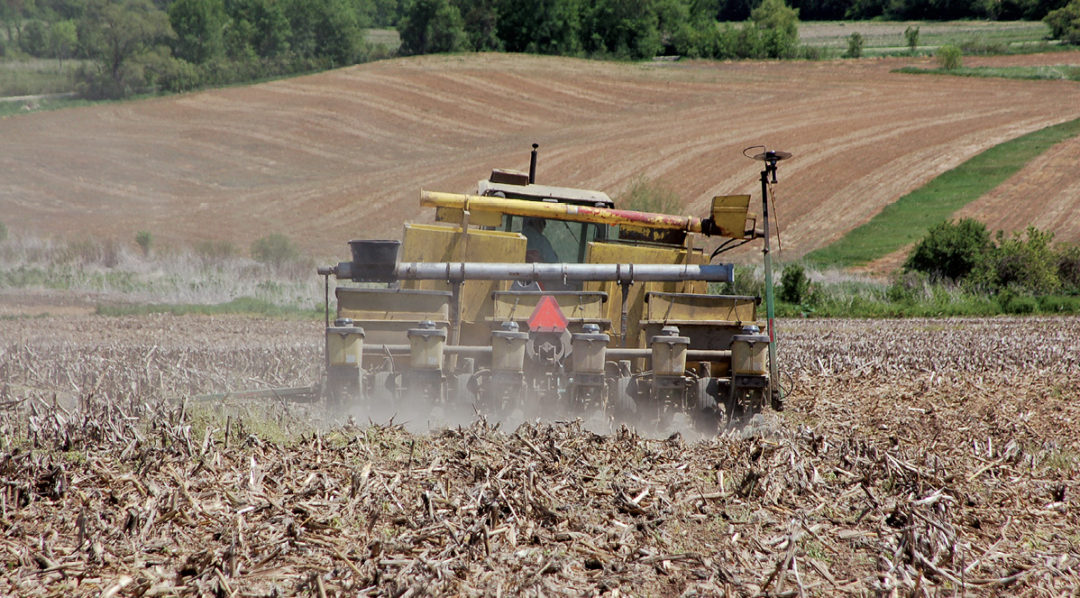No-Till Farmer
Get full access NOW to the most comprehensive, powerful and easy-to-use online resource for no-tillage practices. Just one good idea will pay for your subscription hundreds of times over.

Even after more than a quarter-century of no-tilling, Koepke Farms continues to fine-tune its practices to keep soil in place, make the most of manure and fertilizer applications and consistently reach 200-bushel corn yields without irrigation.
Jim Koepke farms with his brothers, Alan and David, and his son and daughter-in-law, John and Kim, near Oconomowoc, Wis. The fifth-generation family farms 1,100 acres in southeastern Wisconsin.

Their farm ground varies greatly in soil types and terrain, from flat black fields to clay loam ground with 12%, highly erodible slopes. But they find no-till works equally well on all fields.
The operation’s 340-cow milking herd and 300-plus heifers, and other cattle, provide plenty of manure that is judiciously applied on fields to lower fertilizer costs and improve yields, while still minimizing nutrient runoff.
The Koepke’s interest in soil conservation and no-till practices made them a natural fit with the University of Wisconsin Extension’s Discovery Farms program. Several infield tests on their farm provided valuable insight into how no-till practices affect yield, fertilizer use and the environment.
The most recent project was completed in conjunction with the Sand County Foundation, which researches and promotes sound land-management practices. The 3-year trial sampled for sediment and nutrient losses in surface runoff, and from two tile lines that drain no-till fields.
Based on those findings, the Koepkes have shuffled their 6-year crop rotation from 3 years in alfalfa, followed by corn, soybeans and corn, to a 7-year rotation of 3 years of…